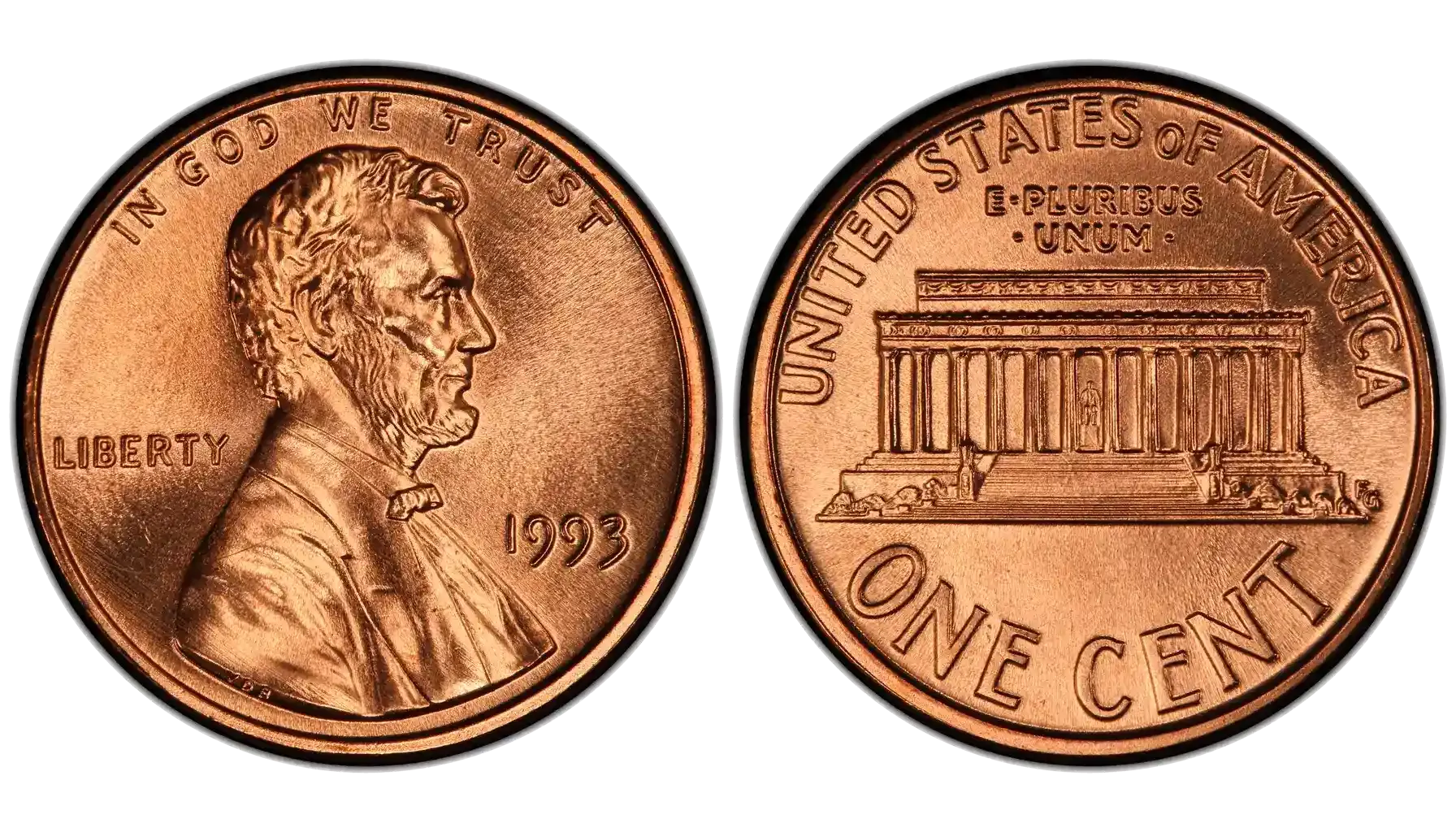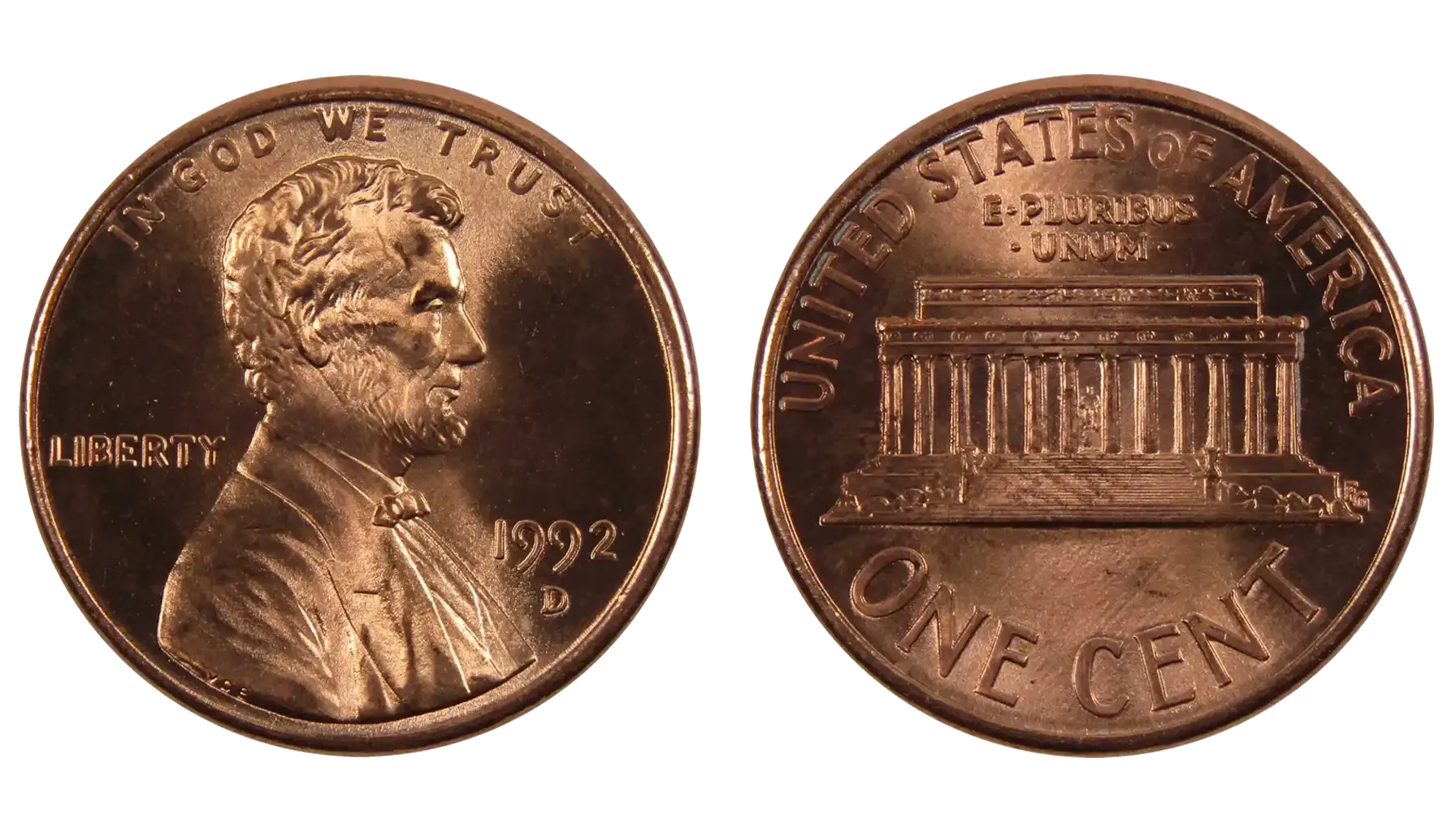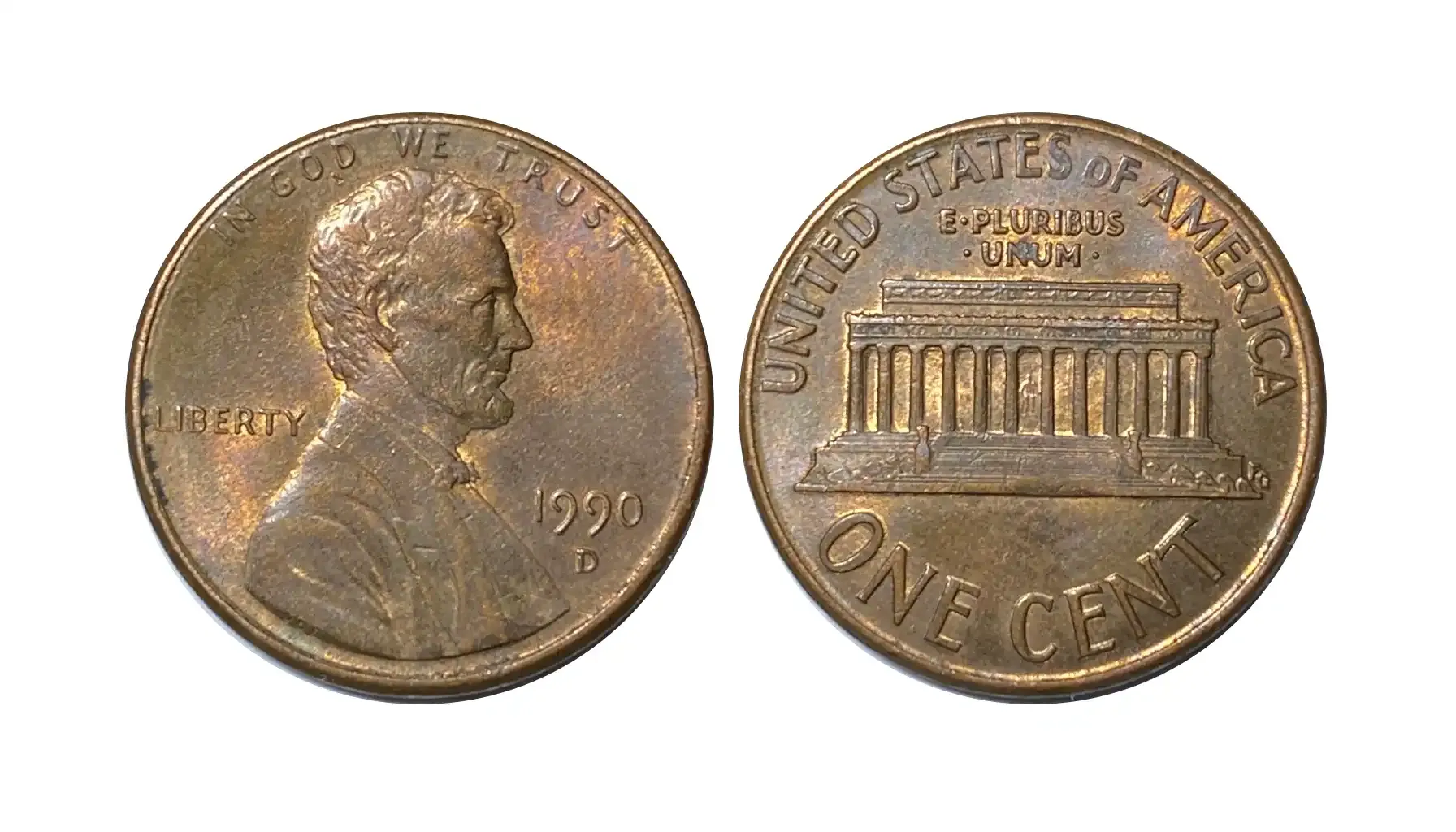Contents:
.ССUS Federal Reserve notes proudly hold the status of one ofCause for Grief or Luck: Exploring the Value of Paper Money Errors
Dollar Bill Origami: Simple Instructions for Beginners
1976 $2 Bill: Value, Rarity, and Numismatic Secrets
What $2 Bills Are Worth Money: Tips for Collectors
Collecting 2.0: How Technology Made Numismatics Accessible to Everyone
Coin ID Scanner vs. CoinSnap: The Best Apps for Numismatists the most recognized and respected units of currency in the world, and rightfully so. As of today, there exist numerous US denominations that may boast different designs, each with a purpose, a story, and hidden details that only professionals pay attention to. Nevertheless, they all share the same defining features that make US dollars unmistakably US dollars.
Technologies used to release 1 dollar bills, as well as their other denominations, may be quite captivating to explore, especially from the perspective of an expert. Today, we are to study the main features of these peculiar legal notes, identify their types, and explain why a trusted coin identifier may come to help on such a sophisticated, financially infused journey.

The Types Come First
The US monetary system has undergone numerous changes on its path, transitioning from an imitation of the currency carried from across the sea to its own uniquely designed form of legal tender. During the period of formation, there appeared different denominations, which was a logical result of the evolving economic needs and new capabilities of the young nation.
Current Denominations
As of today, the US Federal Reserve issues the banknotes in the following denominations:
$1 – George Washington
$2 – Thomas Jefferson
$5 – Abraham Lincoln
$10 – Alexander Hamilton
$20 – Andrew Jackson
$50 – Ulysses S. Grant
$100 – Benjamin Franklin
*Note: The 100 dollar bill exists in two designs, i.e., the new 100 dollar bill and the old one. The older version features a more traditional layout, but the newer series includes advanced security features, which are to be covered further. Both versions remain legal tender either way.
Retired Denominations
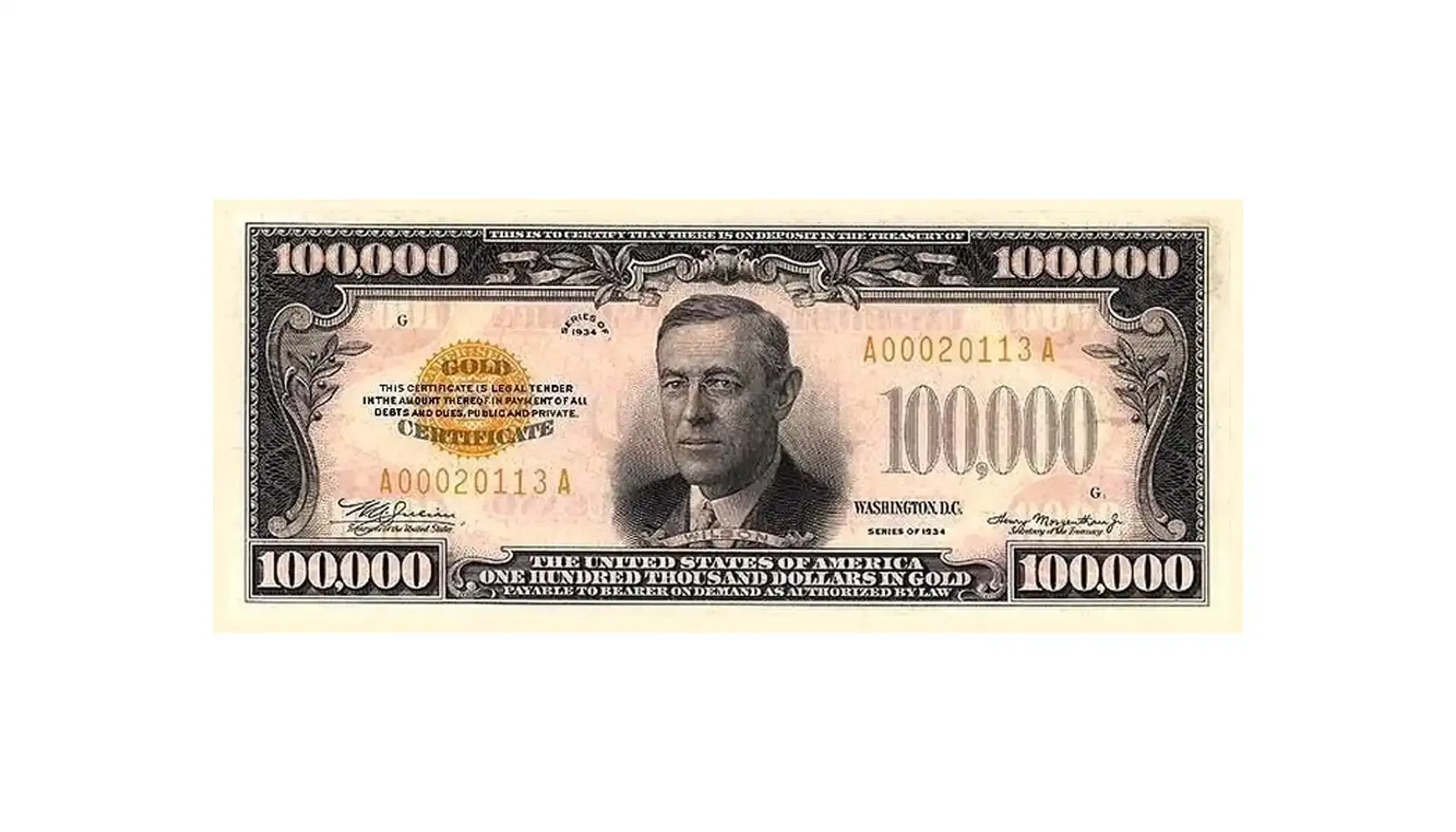
Nevertheless, it was also possible to come across some other types of notes, which are now discontinued and are taken out of circulation anyway.
$500 – William McKinley
$1,000 – Grover Cleveland
$5,000 – James Madison
$10,000 – Salmon P. Chase
$100,000 – Woodrow Wilson (gold certificate, used by the Federal Reserve only)
Historical Types
But this is not the end of the list so far! The history is full of peculiar creations that illustrate how the financial system of the US emerged, formed, and prospered. Long before the traditionally accepted paper money was released, the US experimented with various forms of currency. These are the main sorts of "notes" that are worth attention to explore.
Colonial Notes – The first paper notes in what would become the US which were printed in 1690 by the Massachusetts Bay Colony to fund military expeditions.
Continental Currency – Issued by the Continental Congress during the American Revolutionary War (starting in 1775) to finance the war effort.
Silver Certificates – Have been redeemable for actual silver dollars and circulated widely from the late 1800s to the 1960s.
Gold Certificates – Similar to silver certificates, but redeemable for gold.
United States Notes – Also called Legal Tender Notes, issued directly by the US Treasury. They were introduced during the Civil War and remained in circulation for nearly a century.
National Bank Notes – Issued by federally chartered national banks and supported by US government securities.
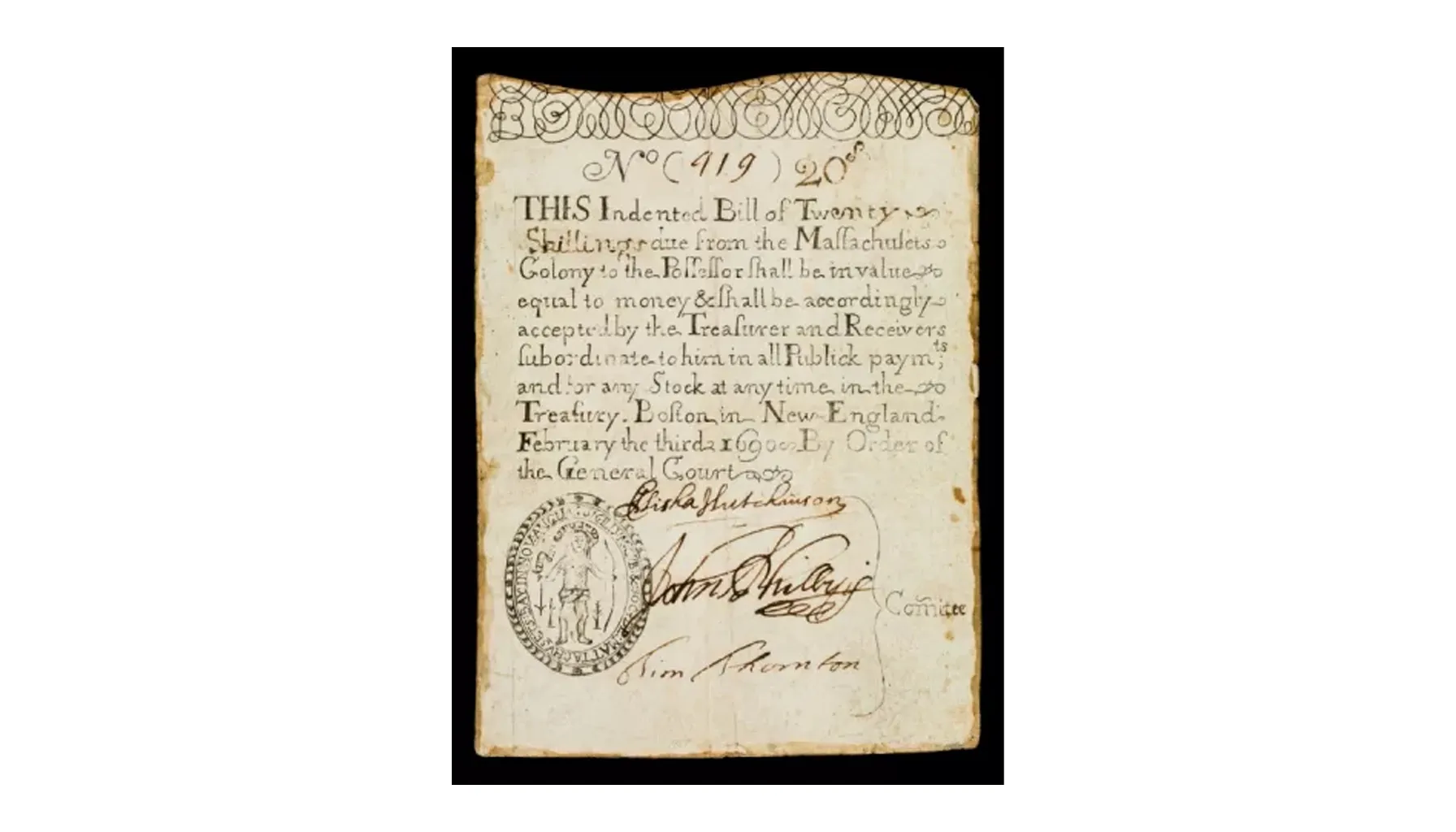
Front Side of the Dollar Bill
In general, the design layout of any American banknote, including even the least popular options like a 2 dollar bill, is relatively the same. It consists of major attributes that have been developed so as to ensure authenticity, prevent counterfeiting, and reflect the authority of the issuing institution: a portrait, a treasury seal, the Federal Reserve seal, serial numbers, signatures, and the series year.
Feature | Description |
Portrait | Features a historical figure (e.g., Andrew Jackson on a 20 dollar bill). |
Treasury Seal | A green seal on the right side of the portrait representing the US Department of the Treasury. |
Federal Reserve District Seal | A black seal on the left indicating which of the 12 Federal Reserve Banks issued the note. |
Note Position Letter & Number | A small letter-number pair (e.g., E3) showing the bill’s location on the printing plate. |
Serial Numbers | Two identical alphanumeric codes printed in green. The prefix letter should correspond to the issuing Reserve Bank. |
Signatures | Printed signatures of the Secretary of the Treasury and the Treasurer of the United States. |
Series Year | Indicates the year the bill’s design was adopted or updated. |
Back Side of the Dollar Bill
A simple banknote, be it a 1000 dollar bill or something of lesser value, is a peculiar creation that bears numerous identification symbols that strive to prevent counterfeiting and other forms of fraud. Anyway, what do these notes have to present on their backs?
Feature | Description |
Great Seal / Denomination-Specific Imagery | Feature images of historical buildings or landmarks on larger denominations (e.g., the US Treasury Building on a 10 dollar bill), with the $1 bill featuring the Great Seal of the United States (both reverse and obverse sides). |
“In God We Trust” | The national motto, IN GOD WE TRUST, appearing prominently on the back of all US units of currency since 1957. |
Denomination Markings | Displays the bill’s value in numerals and words. Varies by denomination. |
Ornamental Border & Scrollwork | Intricate patterns and flourishes that make counterfeiting more difficult. |
Plate Serial Number | A small number printed on the back, indicating the specific printing plate used. |
By the Way, Did You Know the History Behind the Dollar Sign?
The dollar sign ($), which appears on 1 to 500 dollar bills (any, to be more precise), is one of the most recognizable symbols in the world, though its origin is surprisingly debated. Most researchers who focus on symbols and history believe that "$" evolved from the abbreviation for the Spanish peso, which was originally written as "Ps", and over time, the "S" was superimposed on the "P".
Nonetheless, some people argue that the dollar symbol originated from the merging of the letters "U" and "S". Besides, another theory traces the symbol to the Pillars of Hercules on the Spanish coat of arms, which appeared on the Spanish dollar coins used in early American trade. The two vertical lines in the dollar sign could represent these pillars.
So, which version to trust? It is up to you to decide.
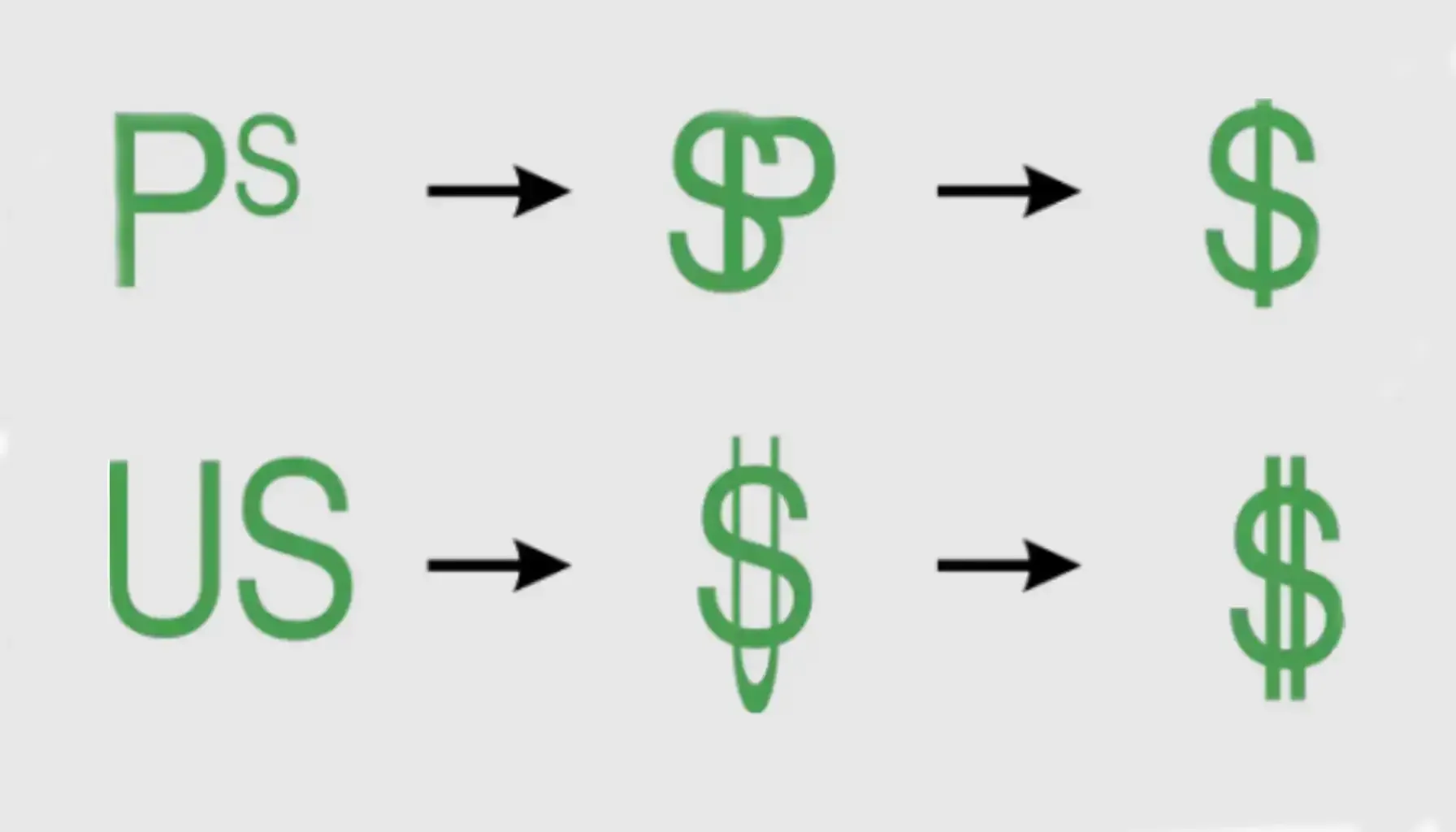
Hidden Symbols & Their Meanings
As covered above, each note bears powerful yet frequently overlooked symbols, some of which are even considered conspiratorial. All of them were chosen purposefully, with ideas and messages hidden behind. So, which symbols to pay attention to?
The Eye of Providence: Found atop the unfinished pyramid on the back of the $1 bill. Symbolizes divine guidance and protection over the nation’s future.
The Unfinished Pyramid: Represents strength and longevity, with the unfinished top referring to the growing and evolving nature of the nation.
The Number 13: Appears repeatedly (13 stars, 13 arrows, 13 leaves), symbolizing the original thirteen colonies that declared independence from Britain.
Latin Mottos: Phrases like E Pluribus Unum (“Out of many, one”) and Novus Ordo Seclorum (“New order of the ages”).
Olive Branch and Arrows: Held by the eagle on the Great Seal, presupposing the desire for peace but readiness for war.
Security Features
The primary goal of the authorities responsible for the banknote production (e.g., 50 dollar bill) is to ensure that it is secure, authentic, and trustworthy. To achieve this, every note is equipped with special attributes that make counterfeiting extremely difficult.
Ink and Color Features
Green Back Ink: All denominations use green ink on the reverse side—a tradition since the 1920s.
Face Inks: The front side features black ink for portraits and text, color-shifting ink in the lower right-hand corner for bills of $10 and up, and metallic ink on redesigned $10, $20, and $50 bills for "freedom icons”.
By the way, on the $100 note, Bell in the Inkwell (a freedom icon) uses color-shifting ink to appear and disappear as the bill is tilted.
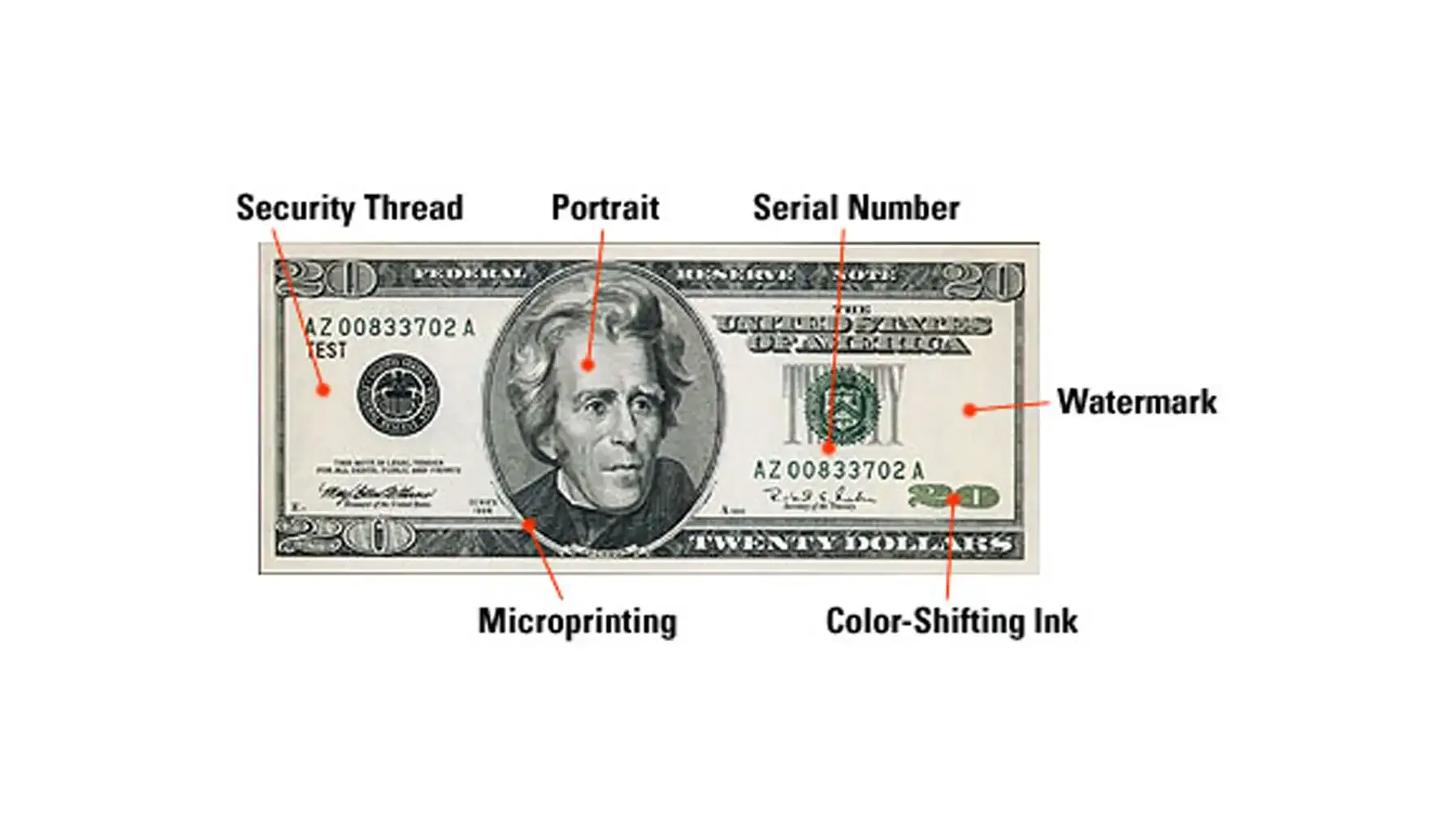
Advanced Security Features
3-D Security Ribbon: One of the most prominent parts of a 100 dollar bill. A blue ribbon woven into the note that displays moving images of bells and 100s when tilted.
Security Thread: A vertical plastic thread embedded in the paper, unique to each denomination, that glows a specific color under UV light and displays the bill's value.
Watermark: A faint duplicate of the portrait, visible when held up to light.
Microprinting: Tiny, precise text (such as “USA” or “THE UNITED STATES OF AMERICA”) that appears on 5 dollar bills and above around portraits and borders, which is too small for most printers to replicate.
Red and Blue Fibers: Tiny colored fibers randomly embedded in the paper.
Fun Facts & Lesser-Known Details
This theme can be too serious and complicated to delve into, but still, it is surrounded by a few interesting, funny stories, which make it even more iconic in the eyes of both collectors and everyday users.
Paper Is Not Actually Paper
US banknotes are made from a special blend of 75% cotton and 25% linen, not ordinary wood-pulp paper. This is why they feel so distinct, resist wear and tear, and can be folded at least 8,000 times!
You Can Wash It (Sort Of)
This is quite a logical continuation of the previous fact. Thanks to that fabric blend, dollar bills can survive a run through the washing machine better than you would expect.
Lifespan Depends on Denomination
The more a bill is used, the less it may serve its function – this is the rule. According to the US Currency Education Program, the lifespan of each denomination is as follows:
$1 – 6.6 years
$5 – 4.7 years
$10 – 5.3 years
$20 – 7.8 years
$50 – 12.2 years
$100 – 22.9 years
Only Dead People Appear on Bills
By long-standing tradition, only historical figures who have passed away are featured on US currency. The living legends, though, may not be portrayed on the units of currency because of superstitions and other reasons, not to mention.
Hidden Owl or Spider?
Some people claim to see a tiny owl or spider hidden in the upper right corner of the "1" on the $1 bill, near the shield. Nevertheless, the truthfulness of this statement is rather debatable and has not been proven up to date.
Star Notes Are Special
Should a printing error occur, the faulty note is replaced with a “star note”, which is identified by a star next to the serial number. Just like with erroneous coins (e.g., top double die pennies or the most valuable dime errors), they are exclusive and, hence, often sought after by collectors.
By the way, to learn more about coins and other distinctive numismatic creations, we highly recommend that you try Coin ID Scanner, an innovative tool for instant coin identification, error recognition, collection management, and more! It is like a digital encyclopedia, but better.
Each unit of currency is well developed and thoroughly thought over. These are the reflections of the historical, cultural, and social experiences that nations had to go through. Do not take banknotes for granted – they do deserve a bit of appreciation, too.

